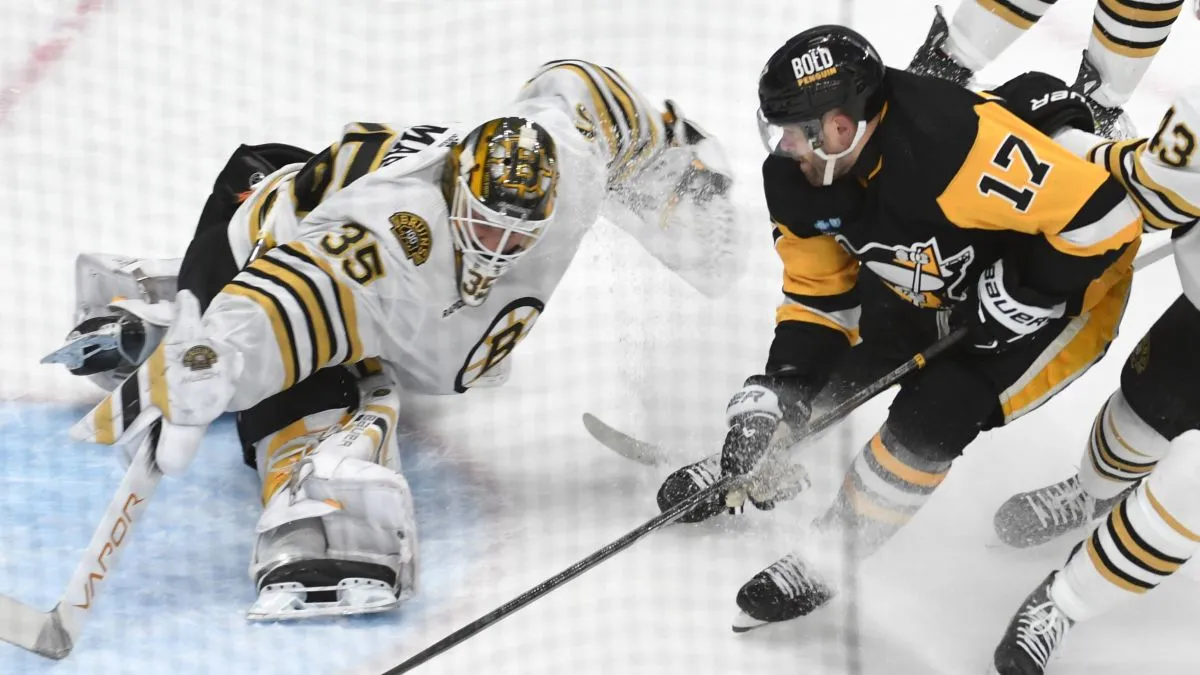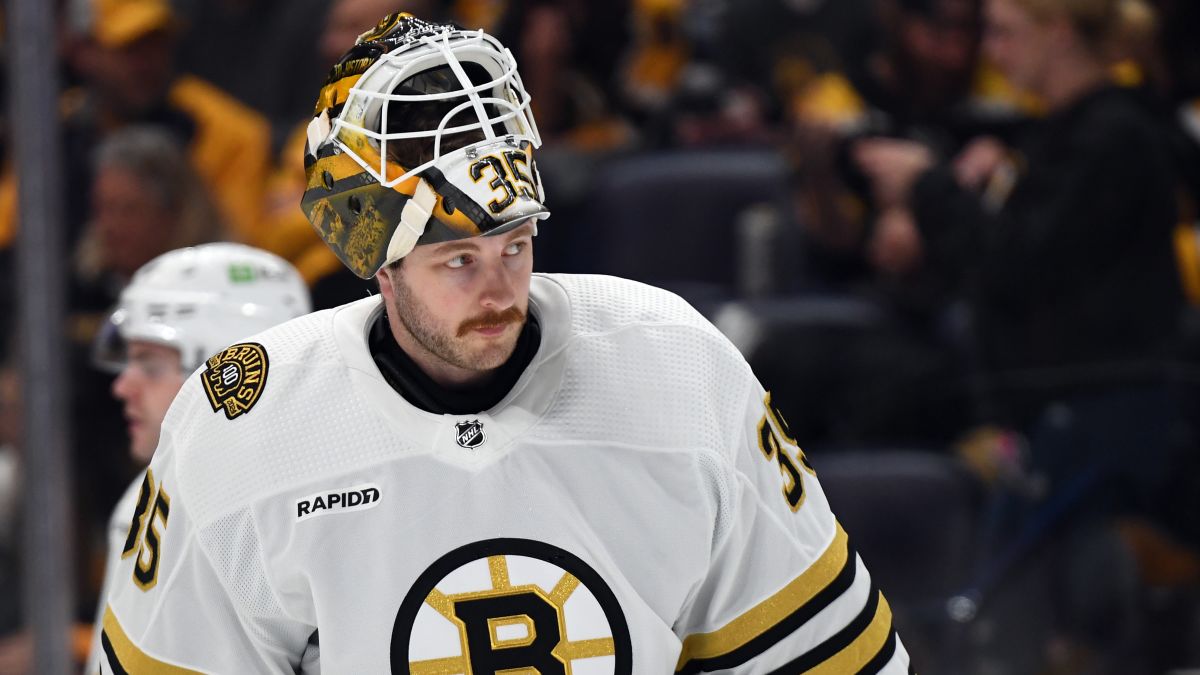Did you hear the Bruins are buying out Jimmy Hayes? Did you know he was the last part of the Tyler Seguin trade? God, that trade sucked, huh?
Yes, it did. It was the worst, but do you know what else sucked? The Jimmy Hayes trade and the Bruins’ motivation to do it. There can never be enough bashing of the Seguin trade, but Friday’s news shouldn’t change anyone’s opinion on that front. Let’s talk about the Hayes move.
The Bruins intended to sign Matt Beleskey at the open of free agency in 2015, but they didn’t want to put the finishing touches on anything until they moved some money. Their way of doing it: shipping Marc Savard’s contract (two more years of a $4.017 million cap hit, which they’d in the past stashed on LTIR) and Reilly Smith (entering a two-year deal worth $3.425 annually) to Florida in exchange for RFA Jimmy Hayes.
In other words, they swapped out Smith for Hayes, hoping to receive the same offense for less money. It wasn’t a bad plan in theory given that Hayes had just scored 19 goals at age 25 and that the Bruins had obvious reservations about Smith’s consistency.
Yet despite the move being applauded because Hayes was a local boy and Smith was maddening to watch, Smith was the better player. Then Sweeney signed Hayes to a three-year deal worth $2.3 million annually.
Hayes was a risky fit from the jump. In his introductory press conference, a question about him considering himself a power forward was laughed off, but it should have been an obvious concern. Hayes is not a physical player and Boston has not treated players with size well unless they’re absolute monsters. Hal Gill attested to this at the time.
Smith went on to score 25 goals with 50 points in his first season in Florida. He then got overpaid on a five-year extension with a $5 million cap hit, regressed to 15 goals last season and is now a Golden Knight.
Boston Bruins
Hayes’ 13-goal debut with the Bruins was considered a disappointment, but it was terrific compared to the two-goal, five-point season he mustered through 58 games last season. Rather than give him a third chance or bury him in the minors, Sweeney elected to use a buyout.
Few Bruins fans lose sleep over Smith, but his trade, like a very poor man’s Seguin’s deal, represents poor asset management. The B’s turned Smith into nothing but dead money against their cap for the next two seasons. And they did it in order to sign Beleskey to a contract they regret through two of five seasons.
Then there’s the buyout aspect. This is the second time Sweeney has bought out a player in as many summers. Last June, he moved on from Dennis Seidenberg, who had two years remaining of a bad Chiarelli deal with a $4 million cap hit. He then replaced Seidenberg by bringing back John-Michael Liles on a one-year, $2 million deal. This was, as it seemed at the time, the wrong move.
Seidenberg was not worth $4 million a year anymore. Not even close. Yet the move was to keep him on the roster for one more year in a diminished role (such as the one Liles had), then buy him out with one year remaining on the contract. That way, the B’s would only have two years of dead money. Instead, they spent $3.16 million on his roster spot between the buyout and Liles’ hit, plus $2.16 million in dead money next season and $1.16 million in the two following that.
In buying out Hayes, the B’s will pay $566,667 in dead money next season and $866,667 the year after after. It’s not the end of the world -- they’d have to pay $1.35 million against the cap next season by burying him in the AHL, but free agents would take notice of that -- but the money adds up when considering the B’s will pay $2.73 in dead money next season.
So yes, the Hayes buyout officially ends the terrible, terrible Tyler Seguin trade, but let’s not forget the Hayes trade and its moving parts are plenty worth criticism on their own.


